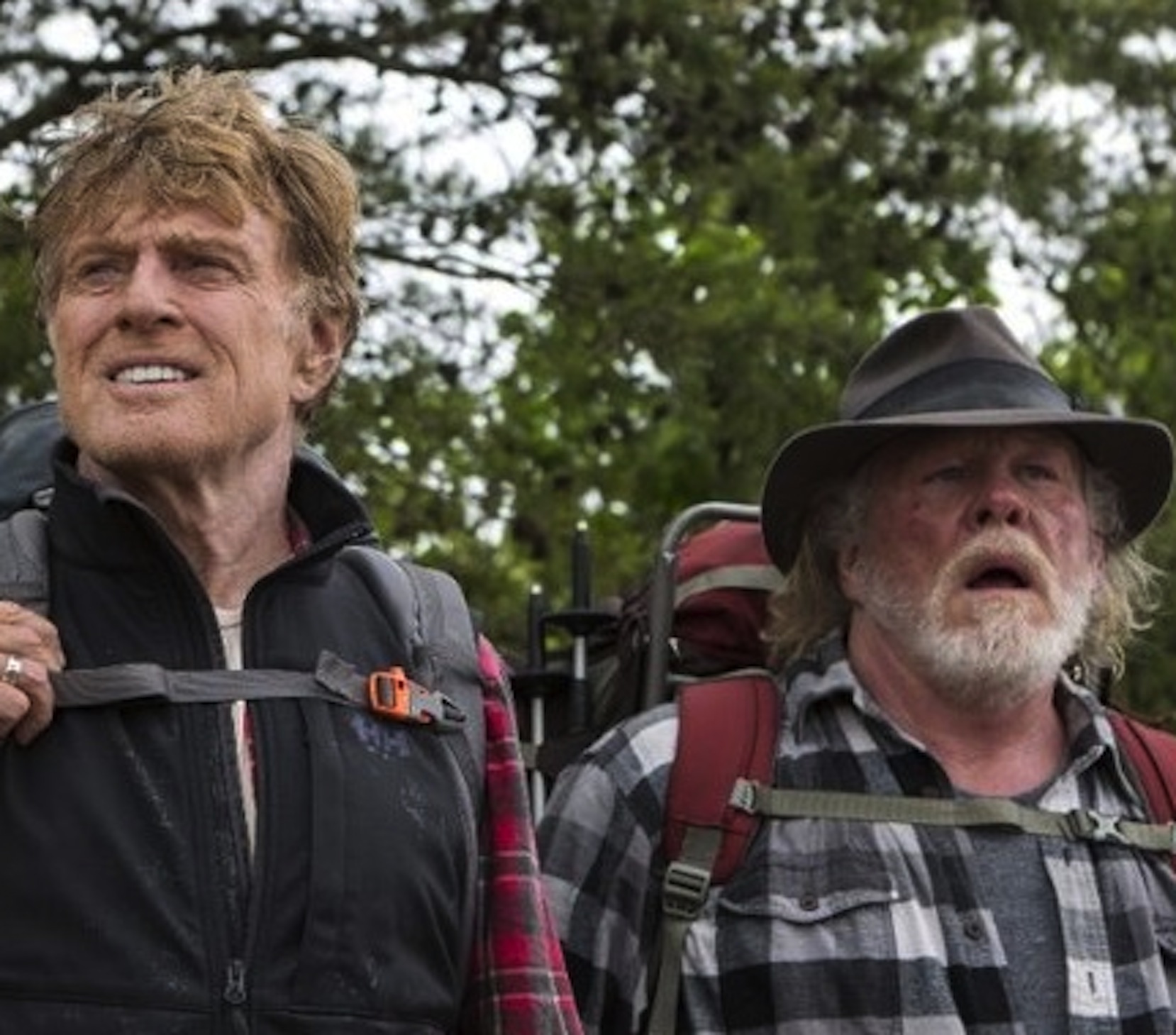Villeneuve: Sicario (2015)
 Wednesday, September 23, 2015
Wednesday, September 23, 2015 
With Prisoners, it felt as if Denis Villeneuve was carving out his own particular brand of procedural, characterised by lapses in procedural time and space as much as procedure itself. However, whereas that discontinuous procedural didn’t always feel organic with the space and subject matter of Prisoners, it’s perfectly suited to Sicario, which sets out to paint a picture of the southern borderlands that have become so prominent once again in American film and television in the wake of Breaking Bad. In Villeneuve’s version, we’re introduced to that space by way of FBI Agent Kate Macer (Emily Blunt), who’s recruited by Matt Graver (Josh Brolin), a shadowy government official employed to spook Mexican druglords out of hiding. As the film proceeds, we follow Kate south from Phoenix to Luke Air Force Base, and from there to El Paso where, after a brief foray into Ciudad Juarez, the film settles down along the Texan borderlands before a second foray back into Mexico through a tunnel gleaned from a group of illegal immigrants. As that might suggest, the film is driven by space above all, and while there are extraordinary set pieces, they tend to function as flashpoints rather than offering any kind of narrative catharsis, climax or closure, opening up a sense of looming suspense that is never fully consummated or controlled, but instead builds around the fringes of the action with no discernible place to go. For some viewers, the resultant discontinuity between set pieces might be frustrating, but it’s the perfect register for a borderland that’s been more or less displaced, not only because the United States economy is now utterly dependent on illegal Mexican immigration, but because the digital technology that pervades the film – on both sides of the border – tends to work against any strictly physical parameters or preventative measures. In an older form of borderland drama – Touch of Evil is a constant touchstone – movement towards the border brought a sense of constriction, convergence and claustrophobia, and while that’s certainly not lacking here in the suffocating suspense that accompanies every step southwards, the focus is more on the border as a looming, ballooning apprehension of space so intense that it requires Roger Deakins’ sublime aerial perspectives to properly conceive it, with a great deal of the film actually shot from the same helicopter corridors where the bulk of border maintenance and monitoring currently takes place. As we move through the film, then, we’re confronted with one decimated, deserted, cavernous space after another, from the tract housing and empty playgrounds of Phoenix, to the endless tarmacs and enormous skies of Luke, to the desert scrub and badland terrain surrounding El Paso, to the yawning highways, car lots and bus shelters that converge on the Bridge of the Americas – a concatenation of car-centric spaces that are no longer even occupied by cars, just waiting to be conquered by Mexico as the cartels continue their northward expansion into Texas and the Southwest. Or, rather, already conquered and left behind by the cartels, as Macer and Graver move through a strange no-man’s-land that used to be the United States, bent on defending a borderland that shifted north and dissipated into the heartland years ago, in one of the best vehicles for the hauntological hard man persona that's turned Blunt into one of the best action stars out there at the moment. And watching it, you wonder whether this is a film that only someone from America’s only other true borderland – with Quebec – could make, just because it reveals and revels in how foreign Texan and southwestern America has become, in a profusion of nested, numbed spaces and set pieces that finally bring us back to the United States only to remind us that we were never really there in the first place.



